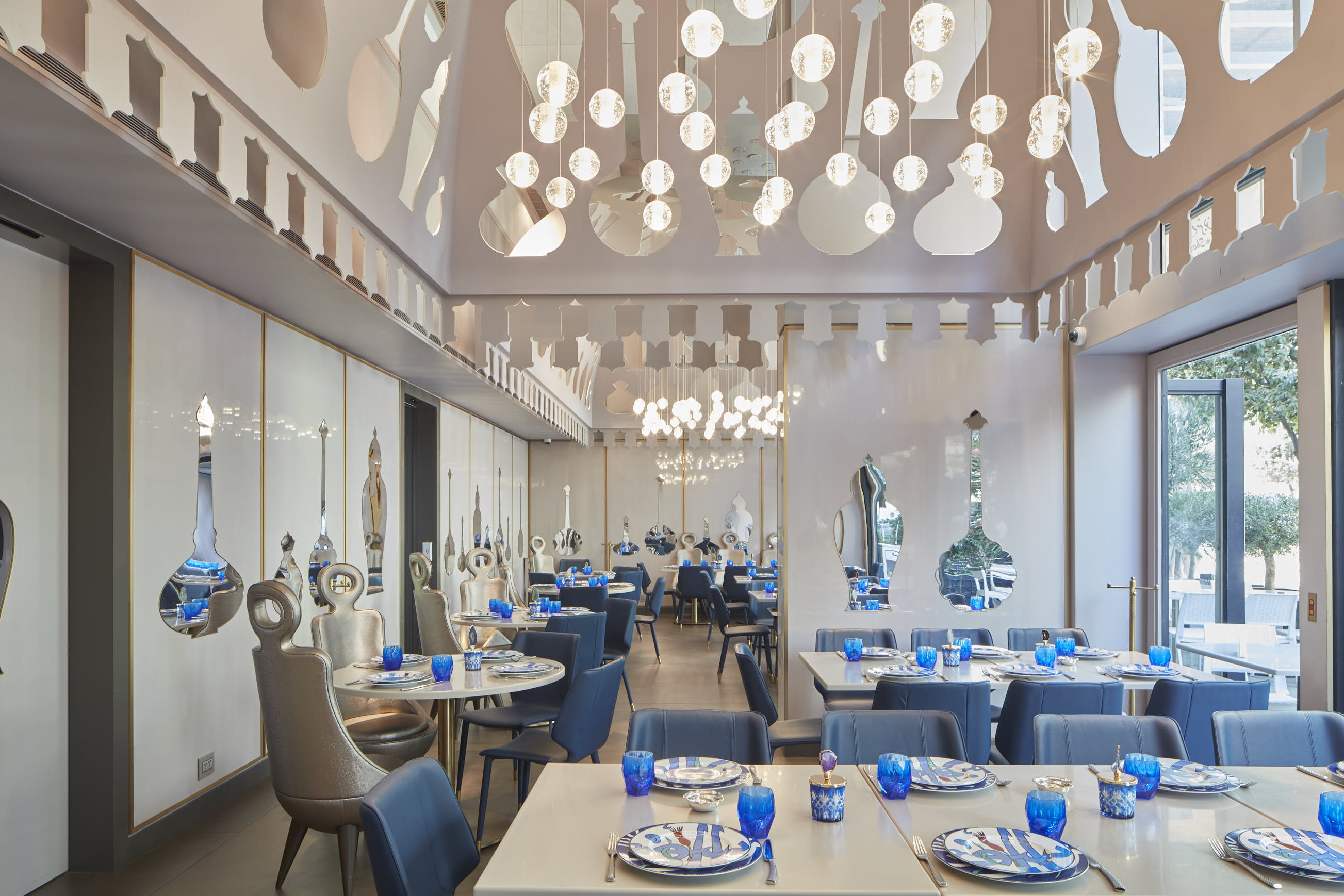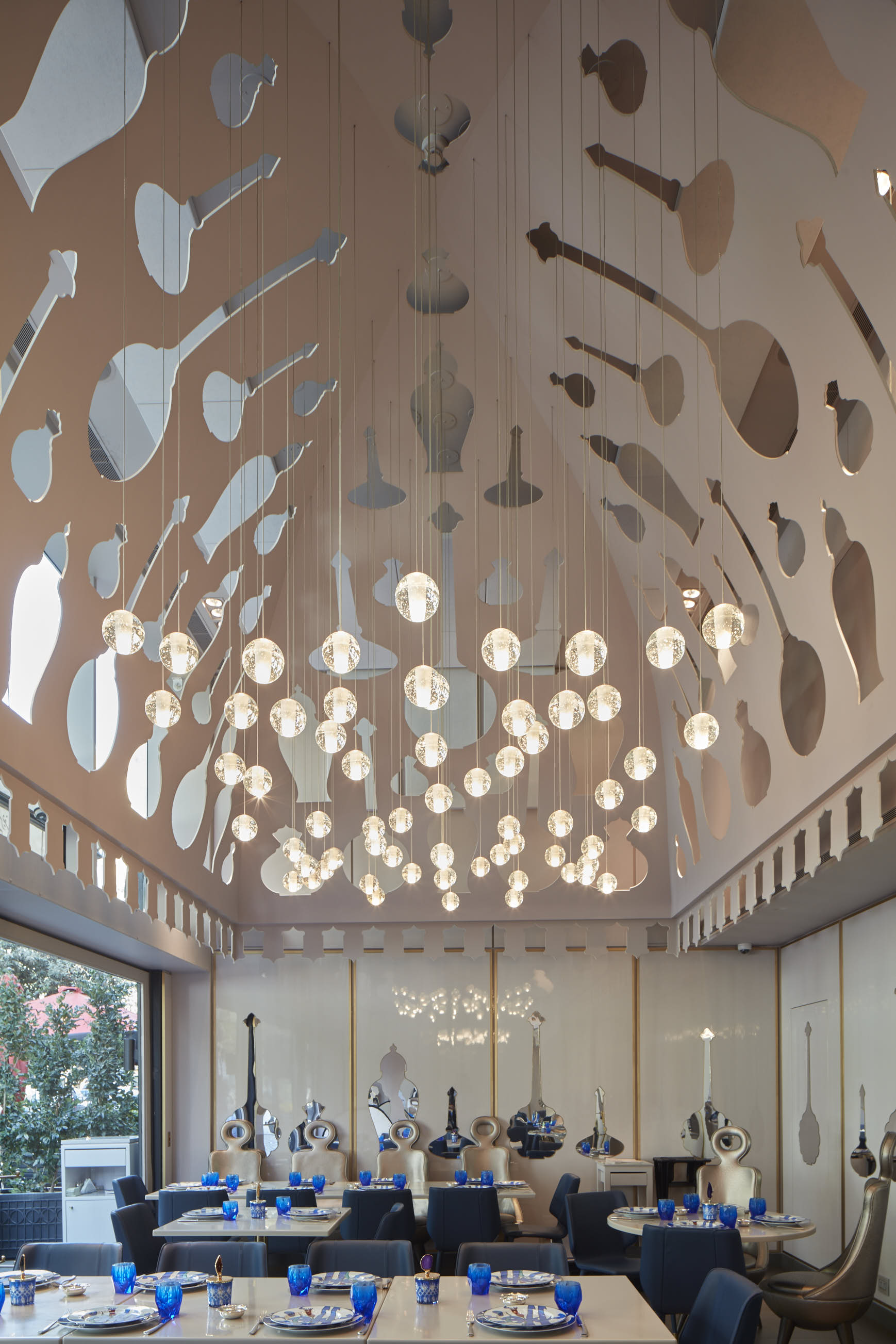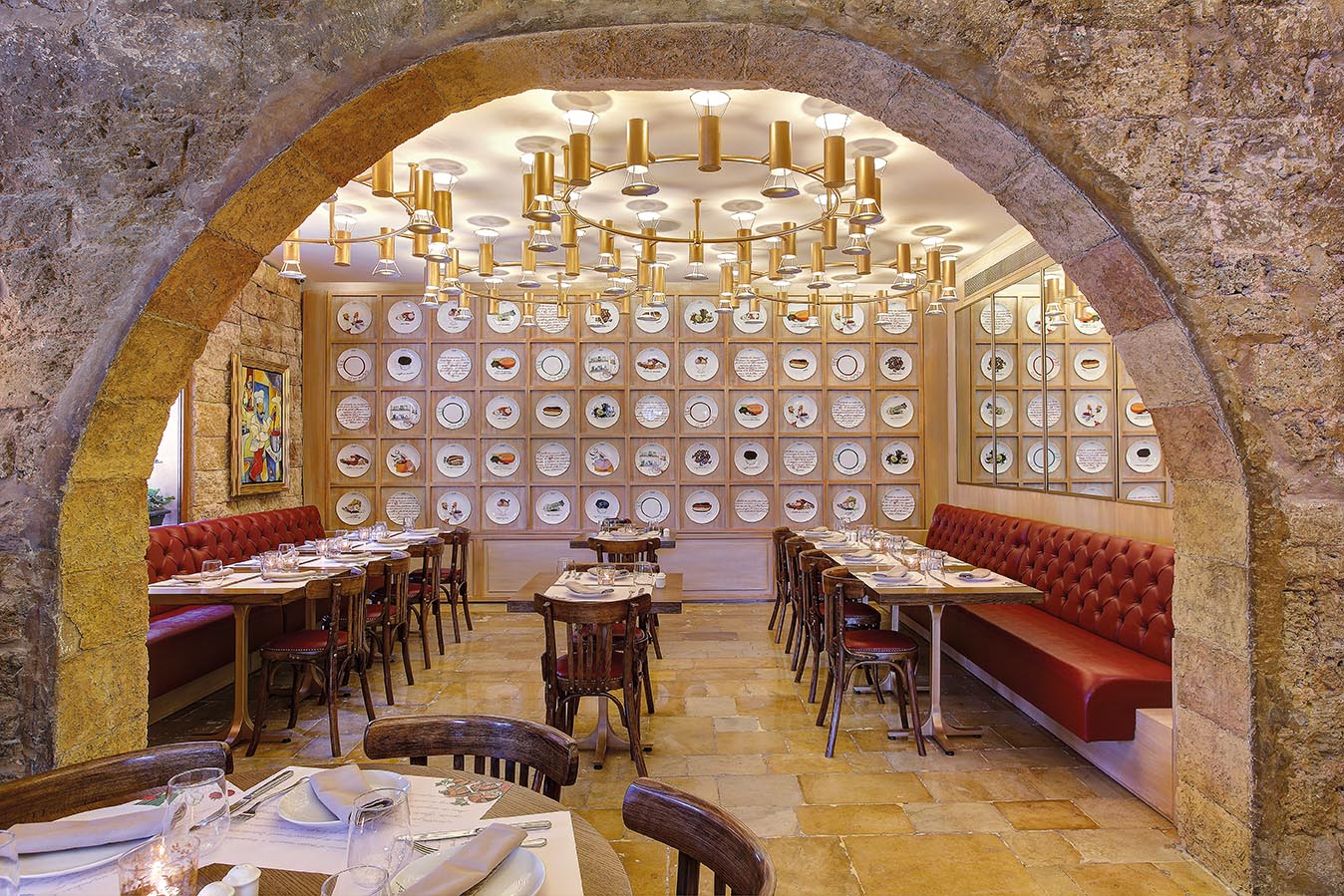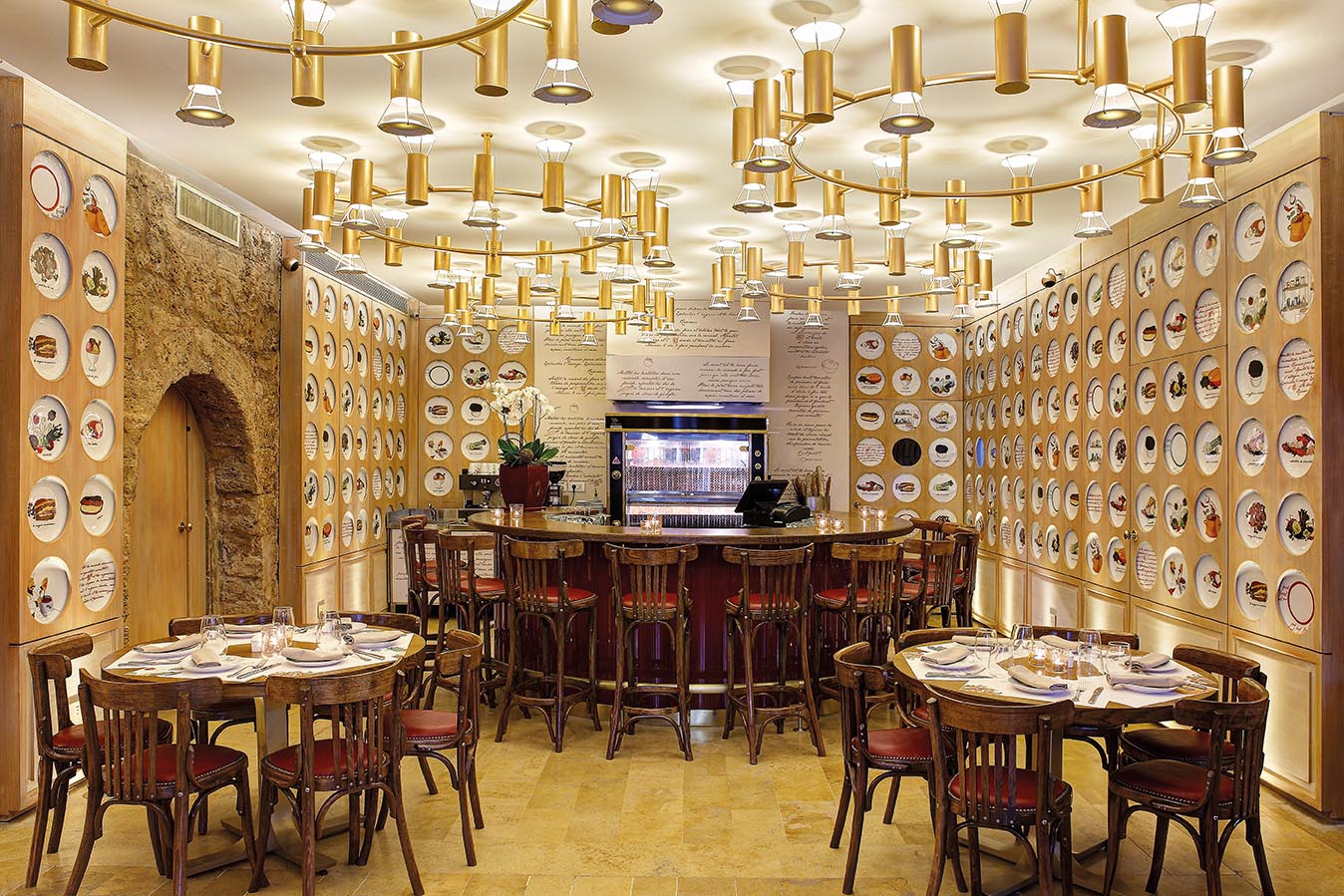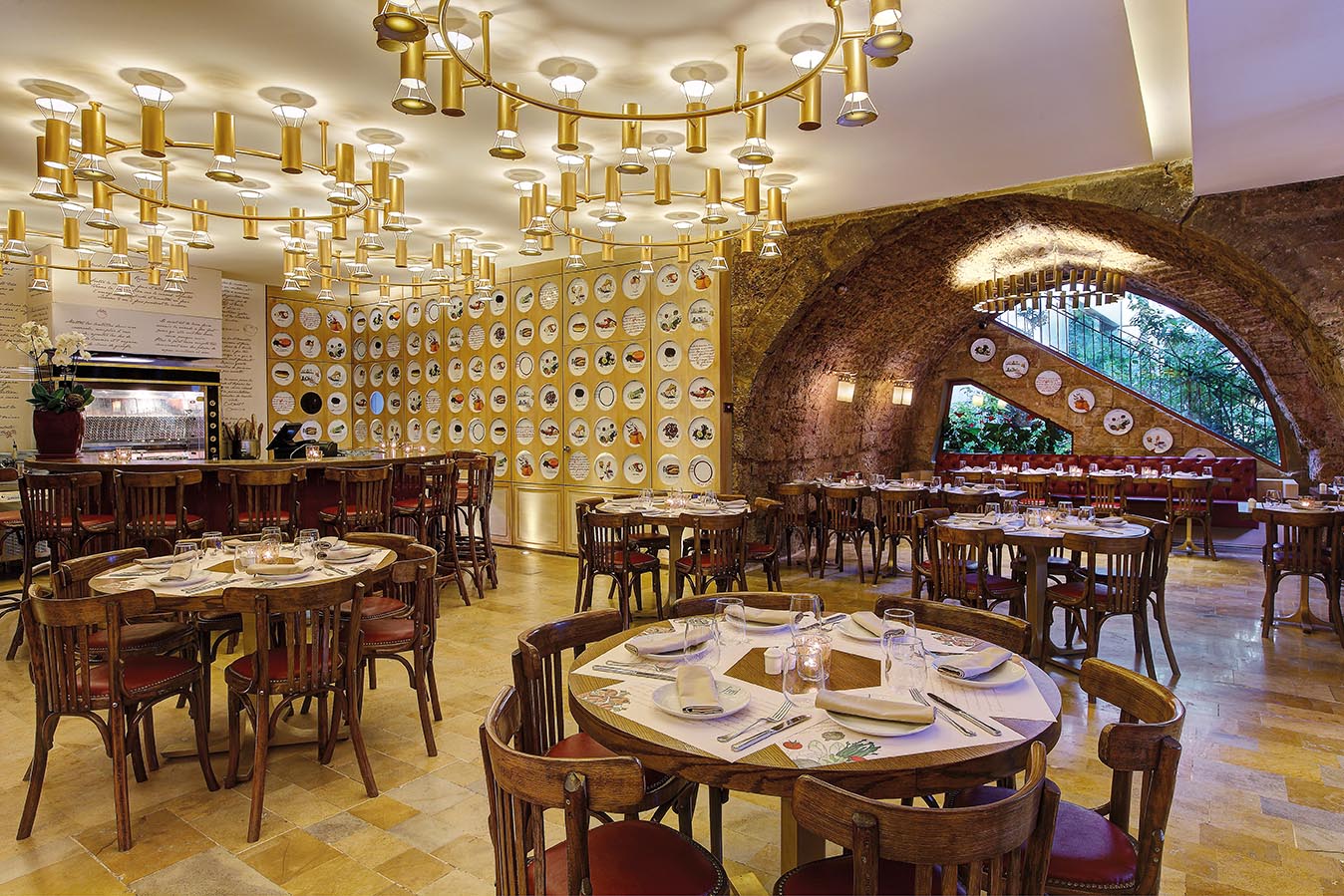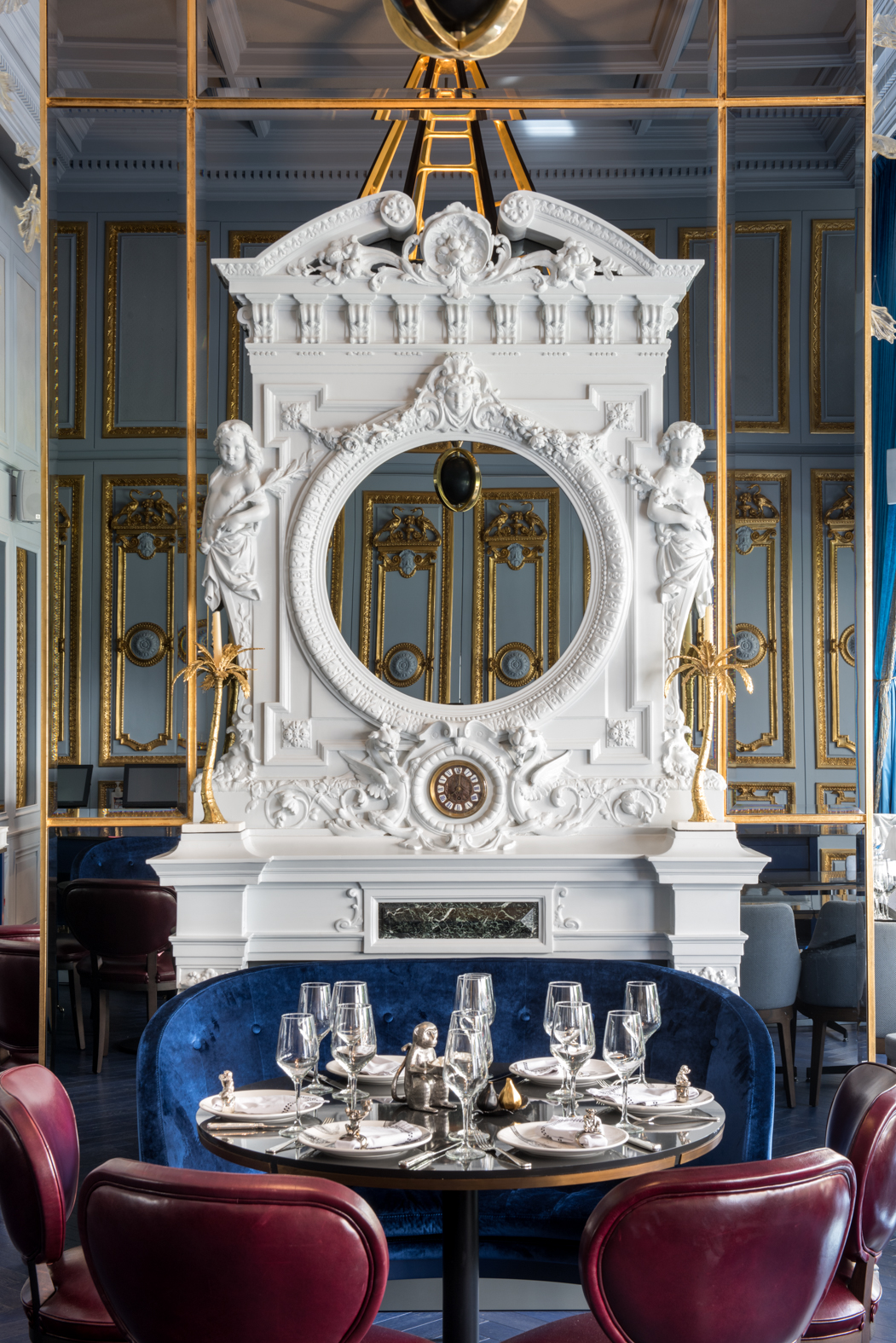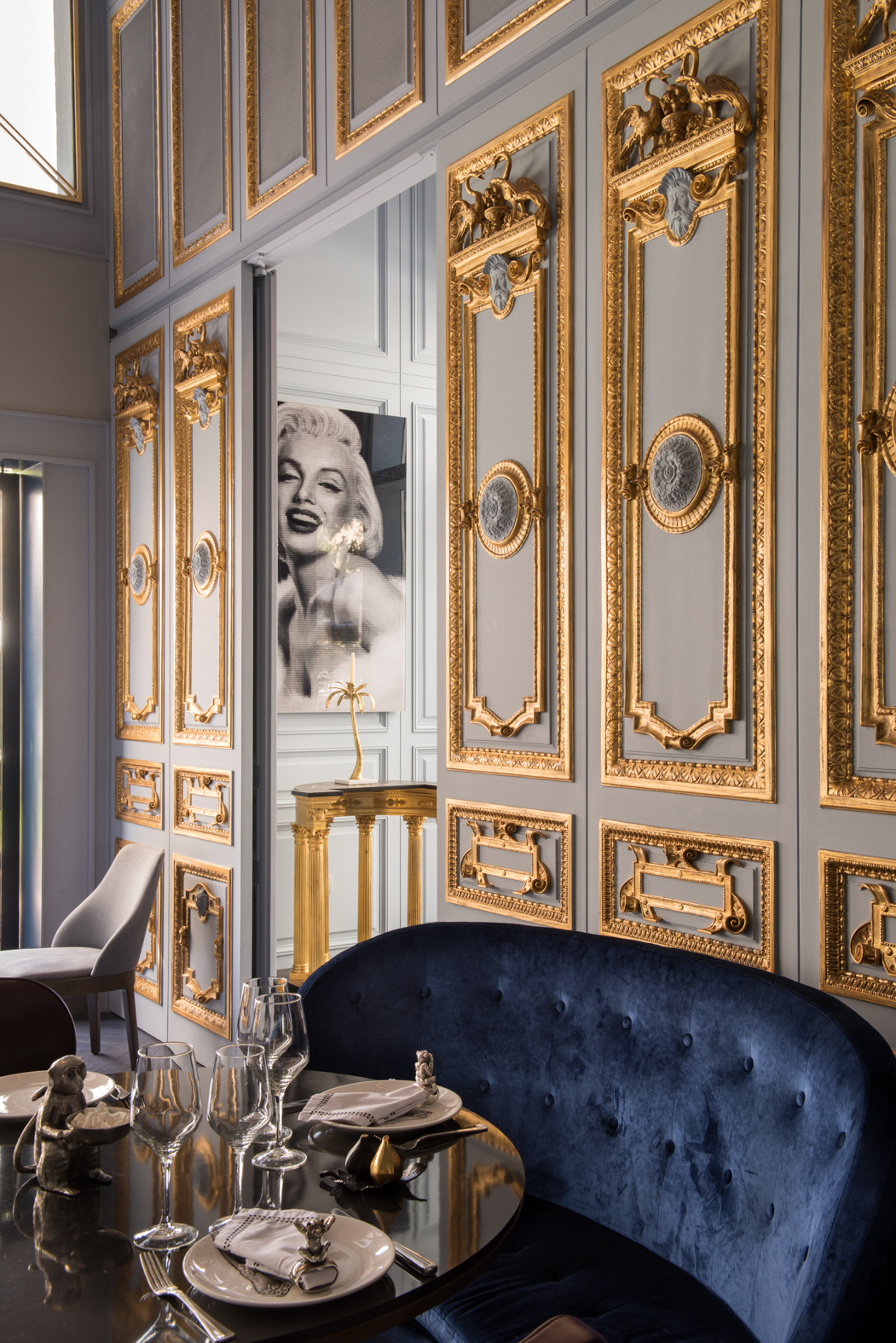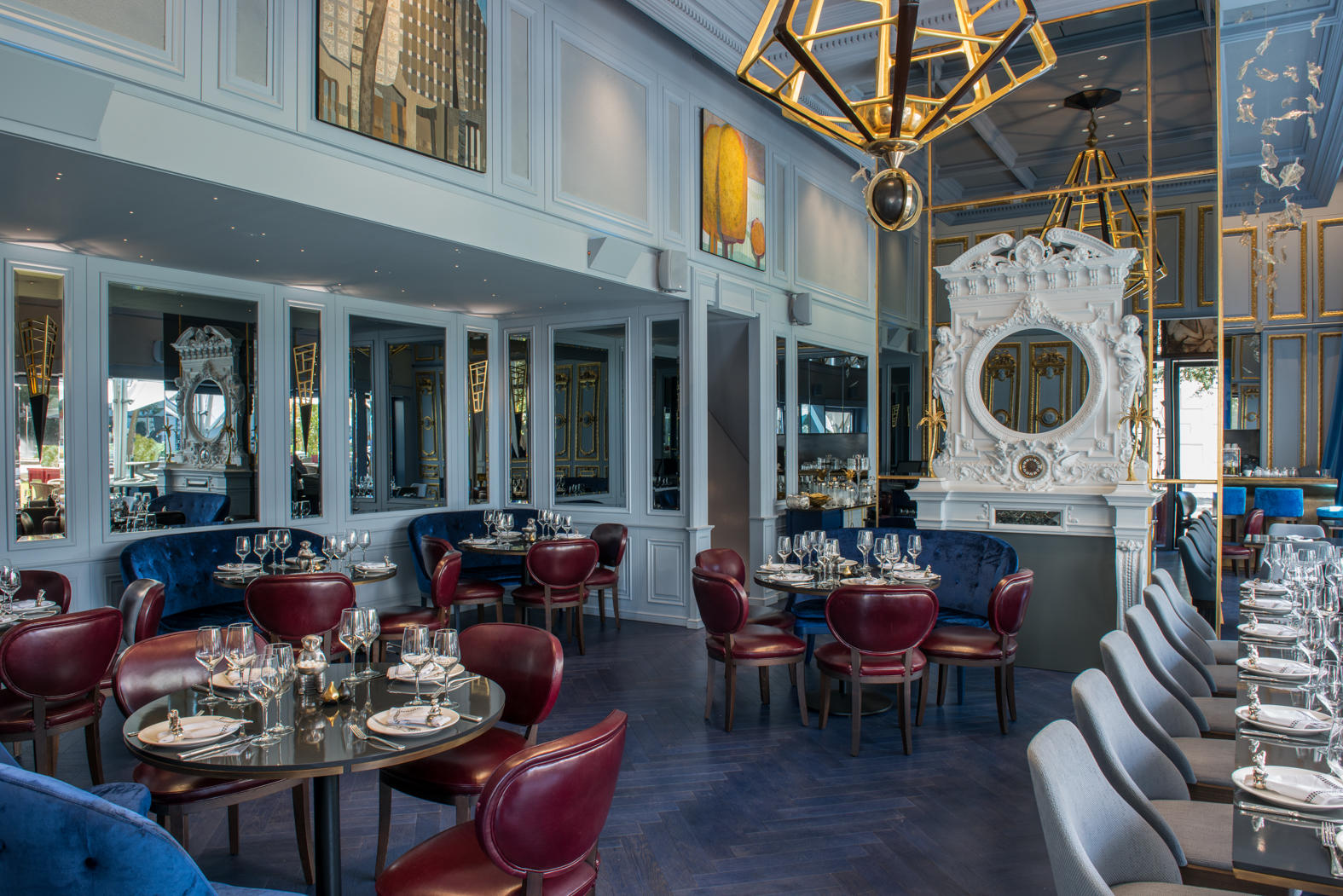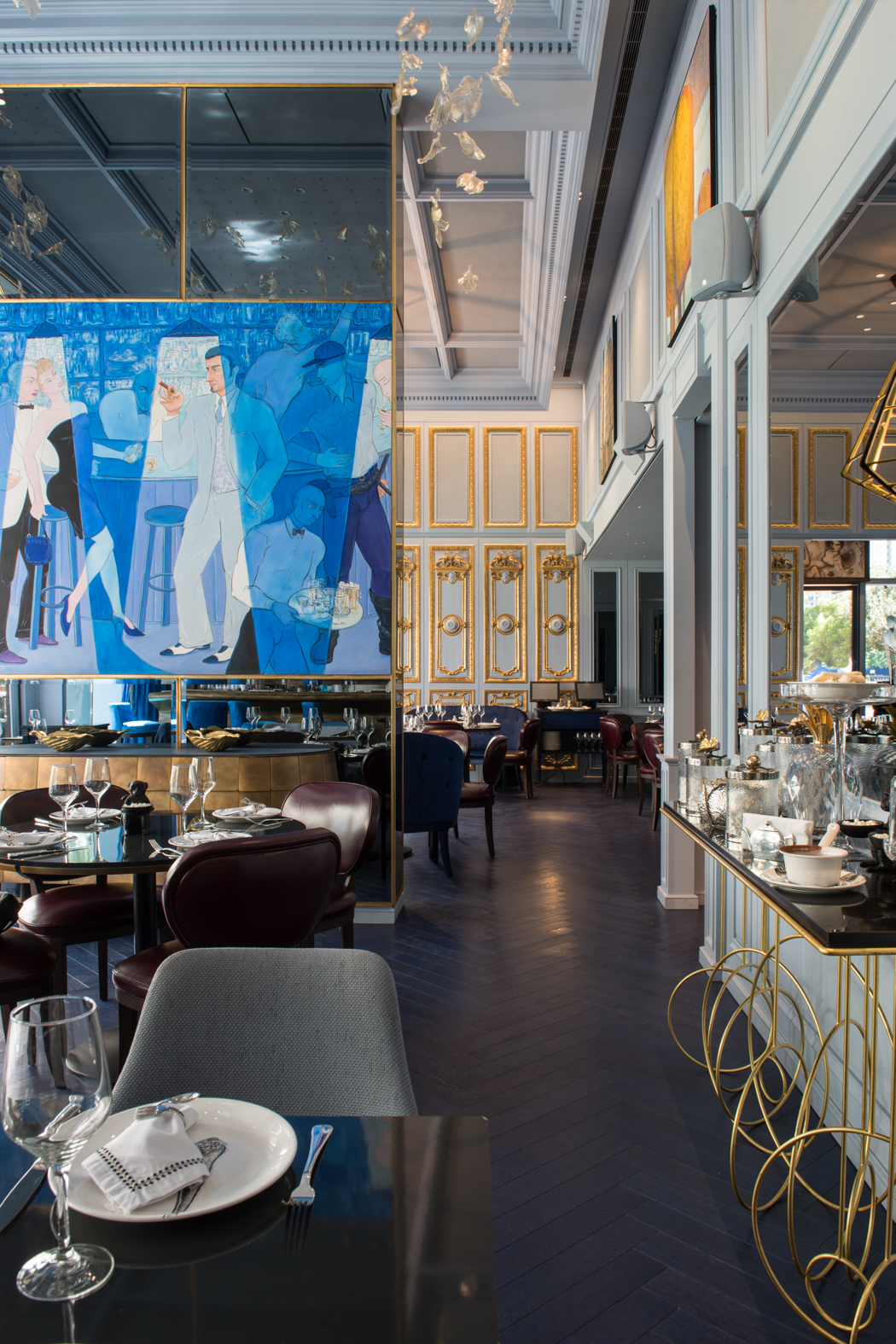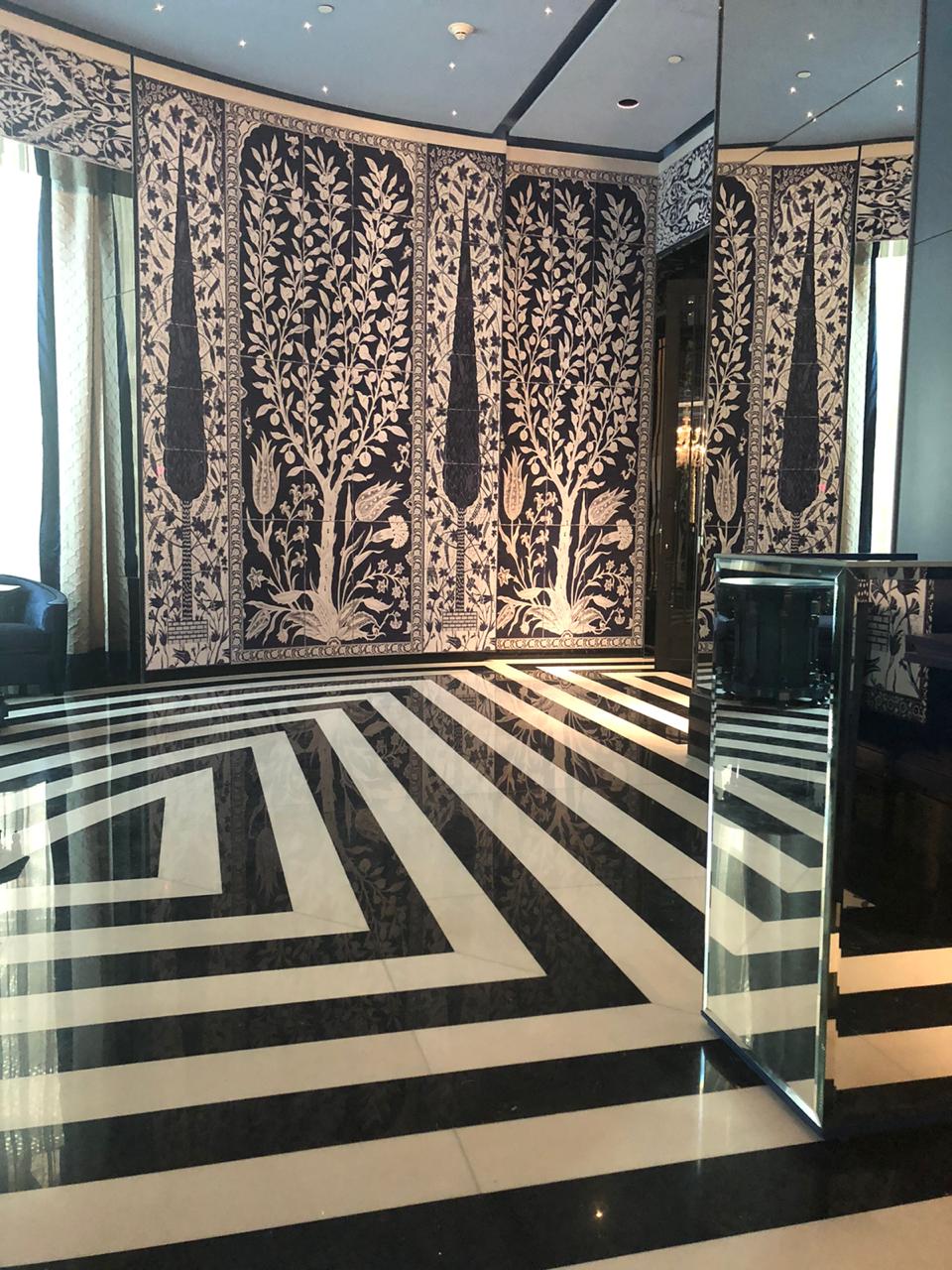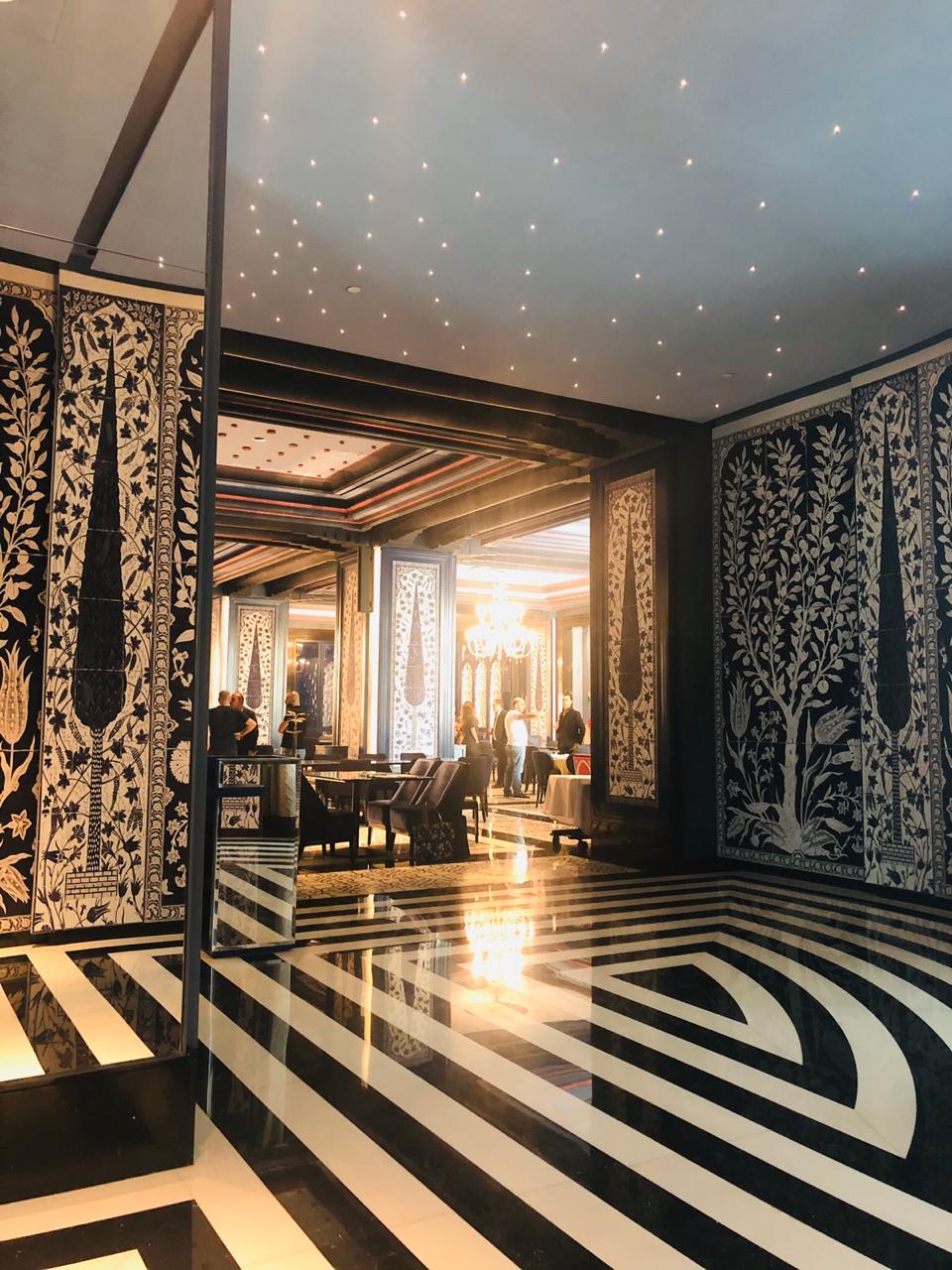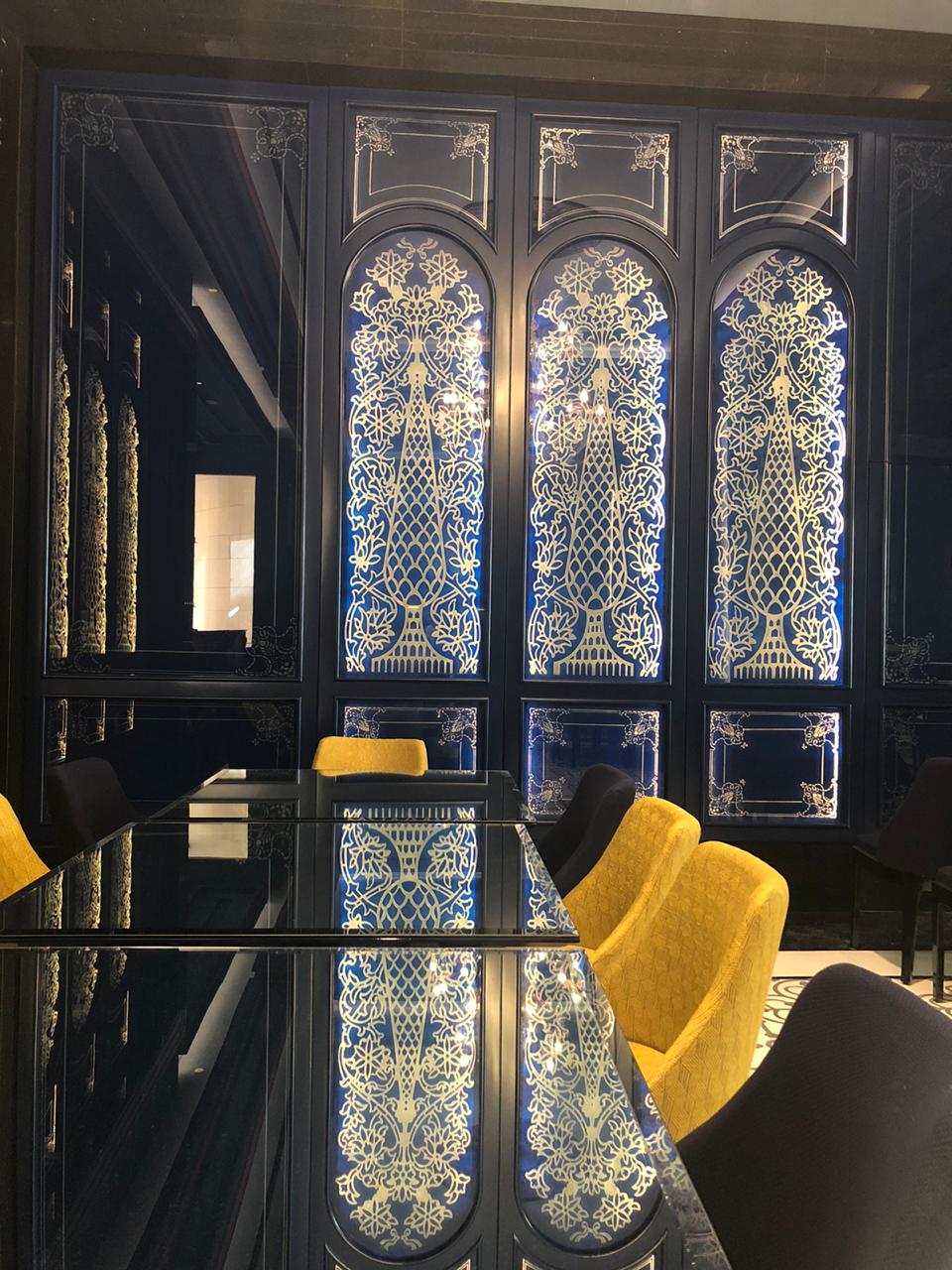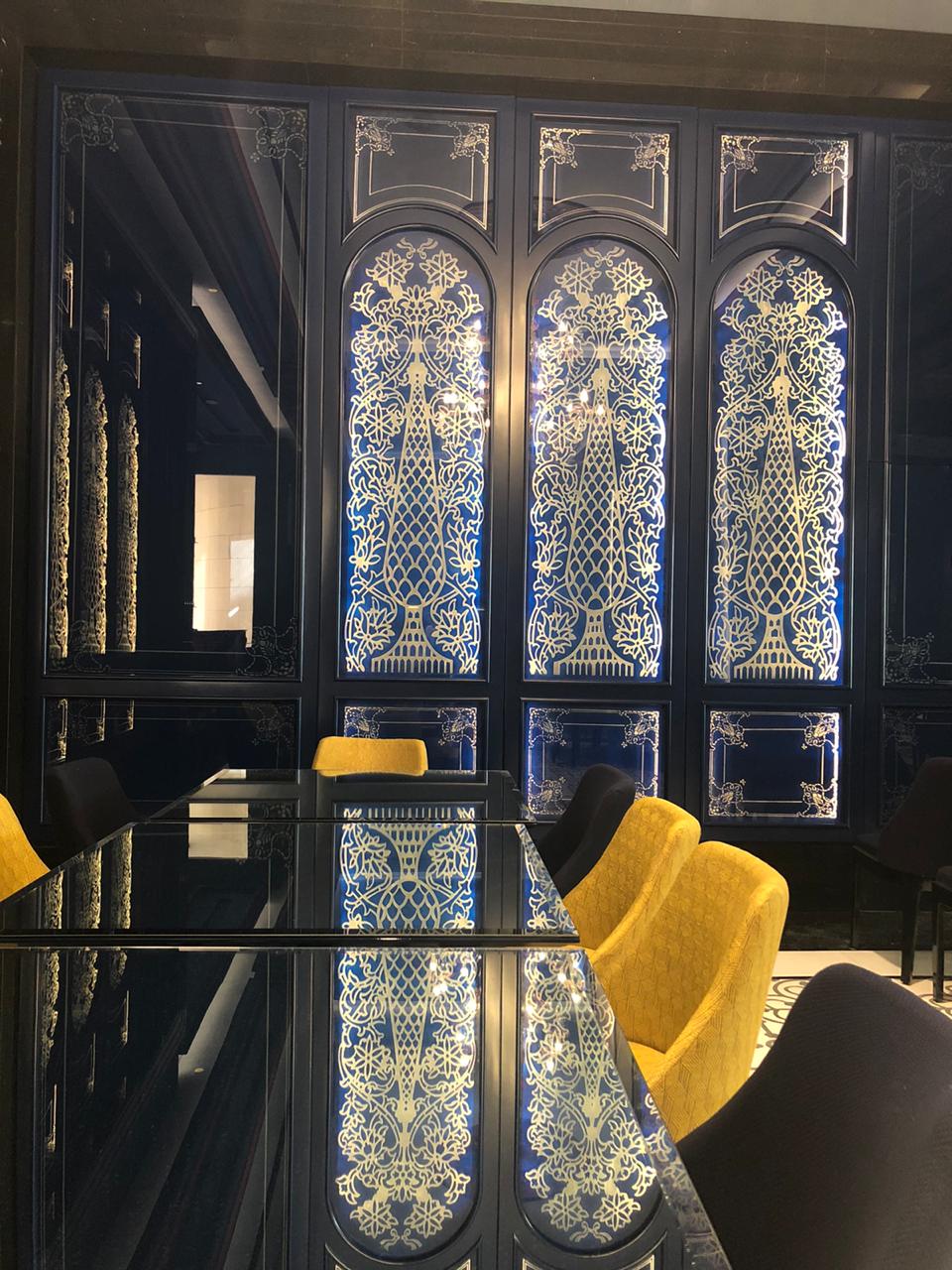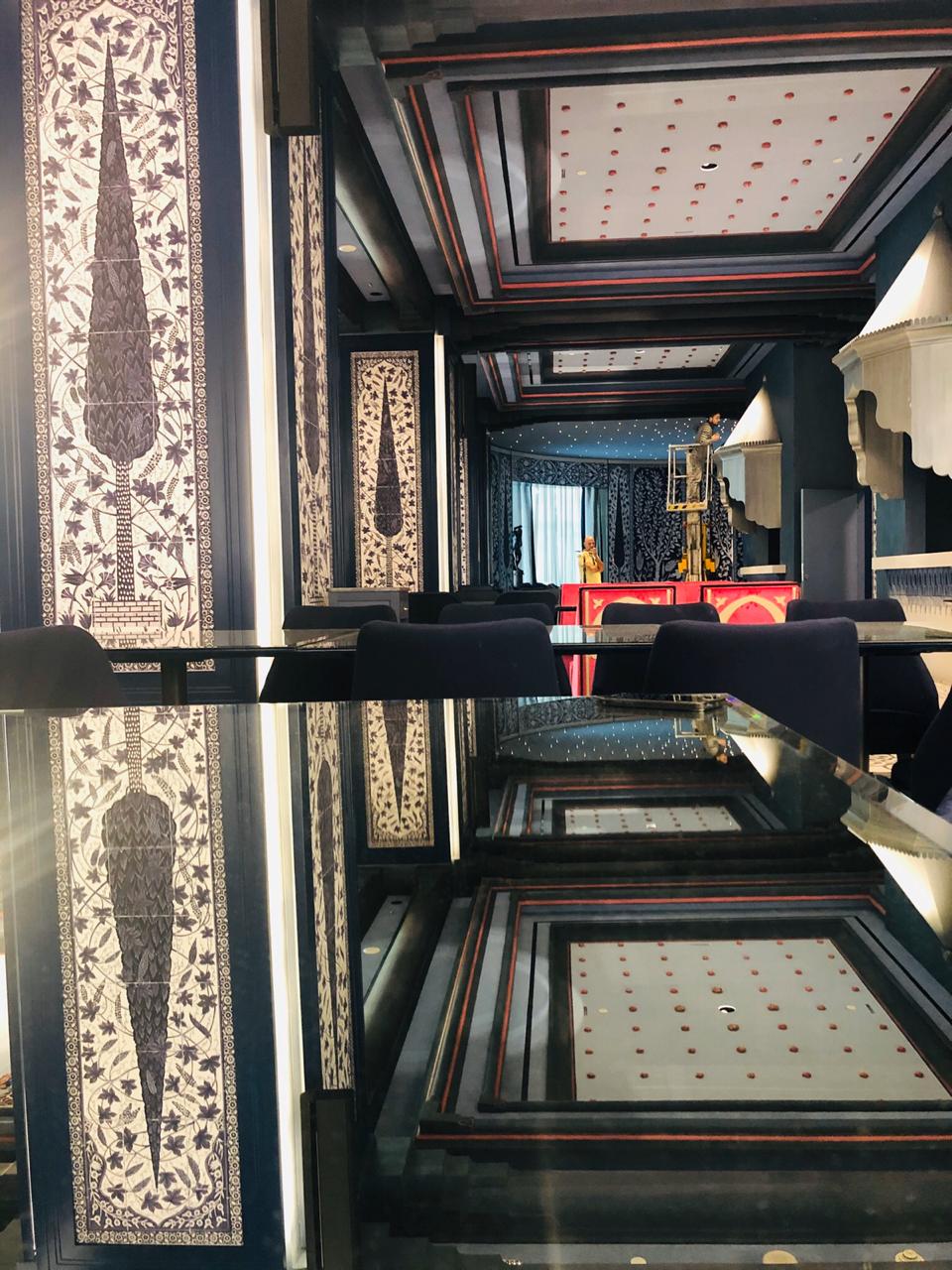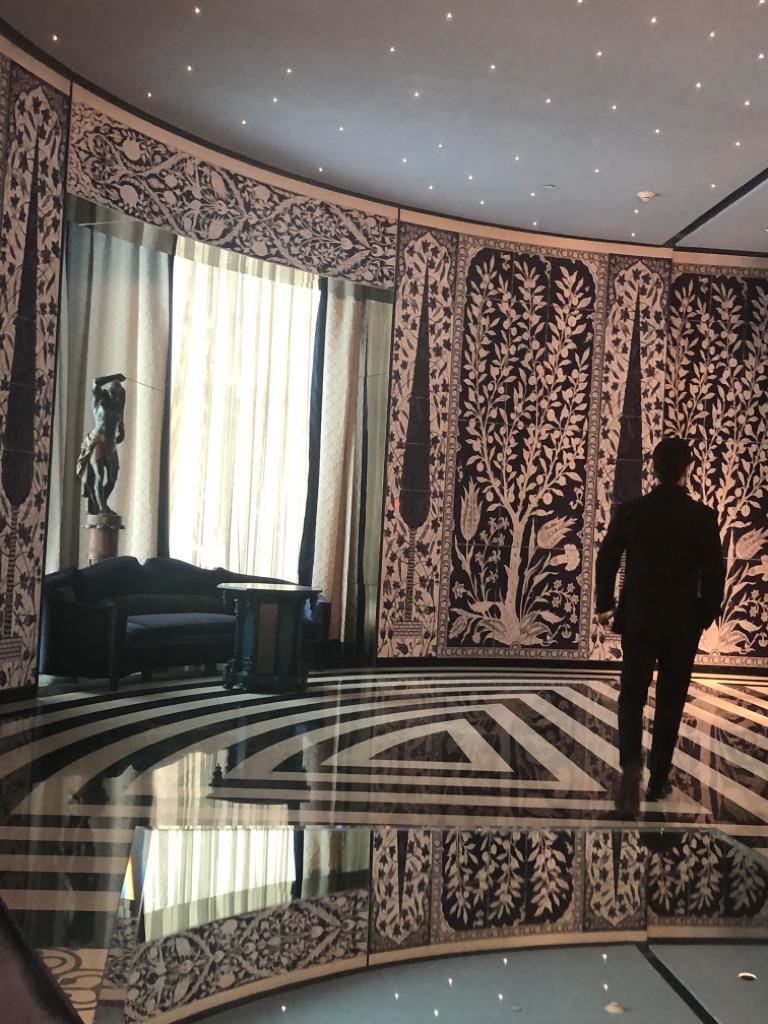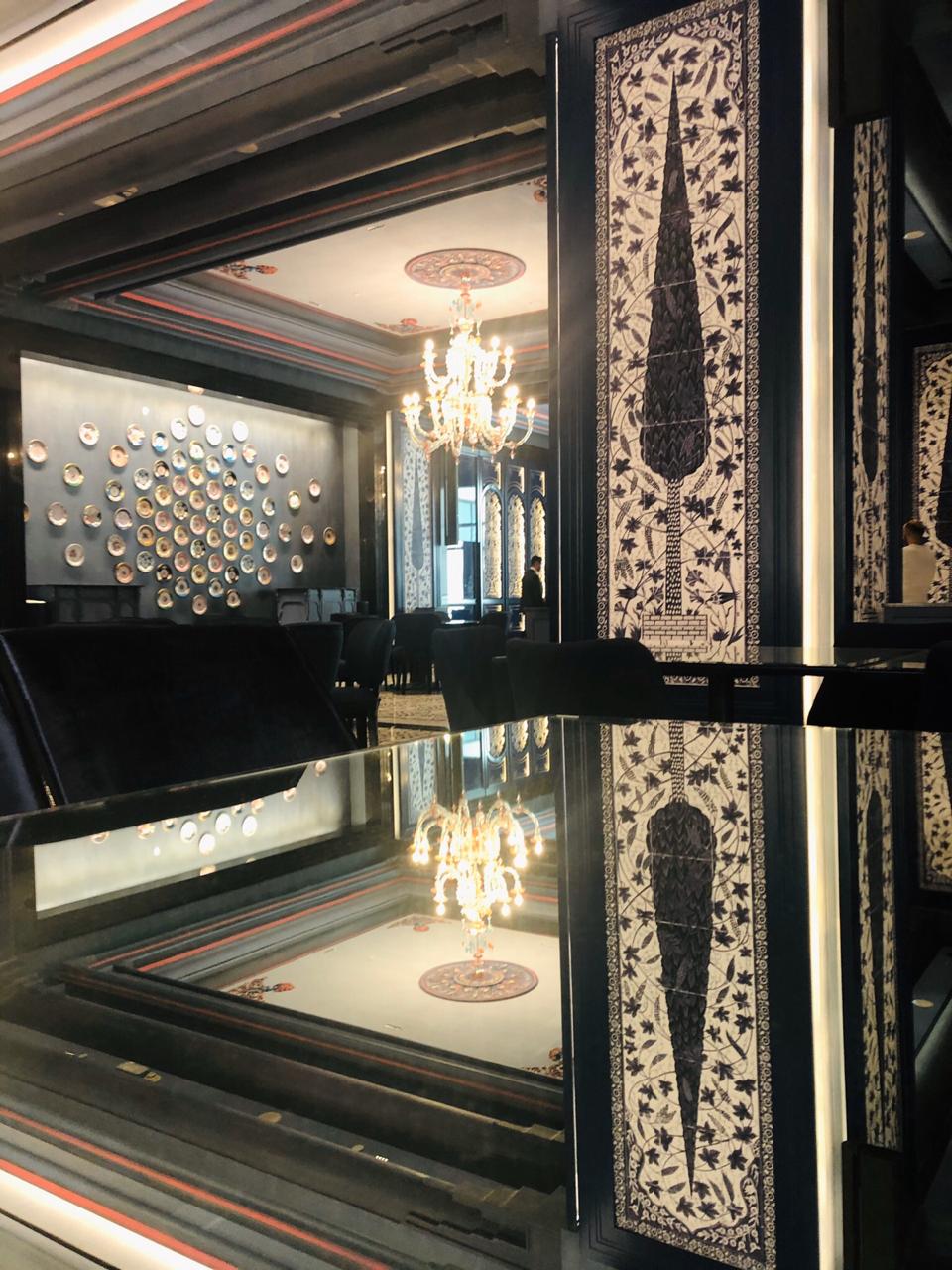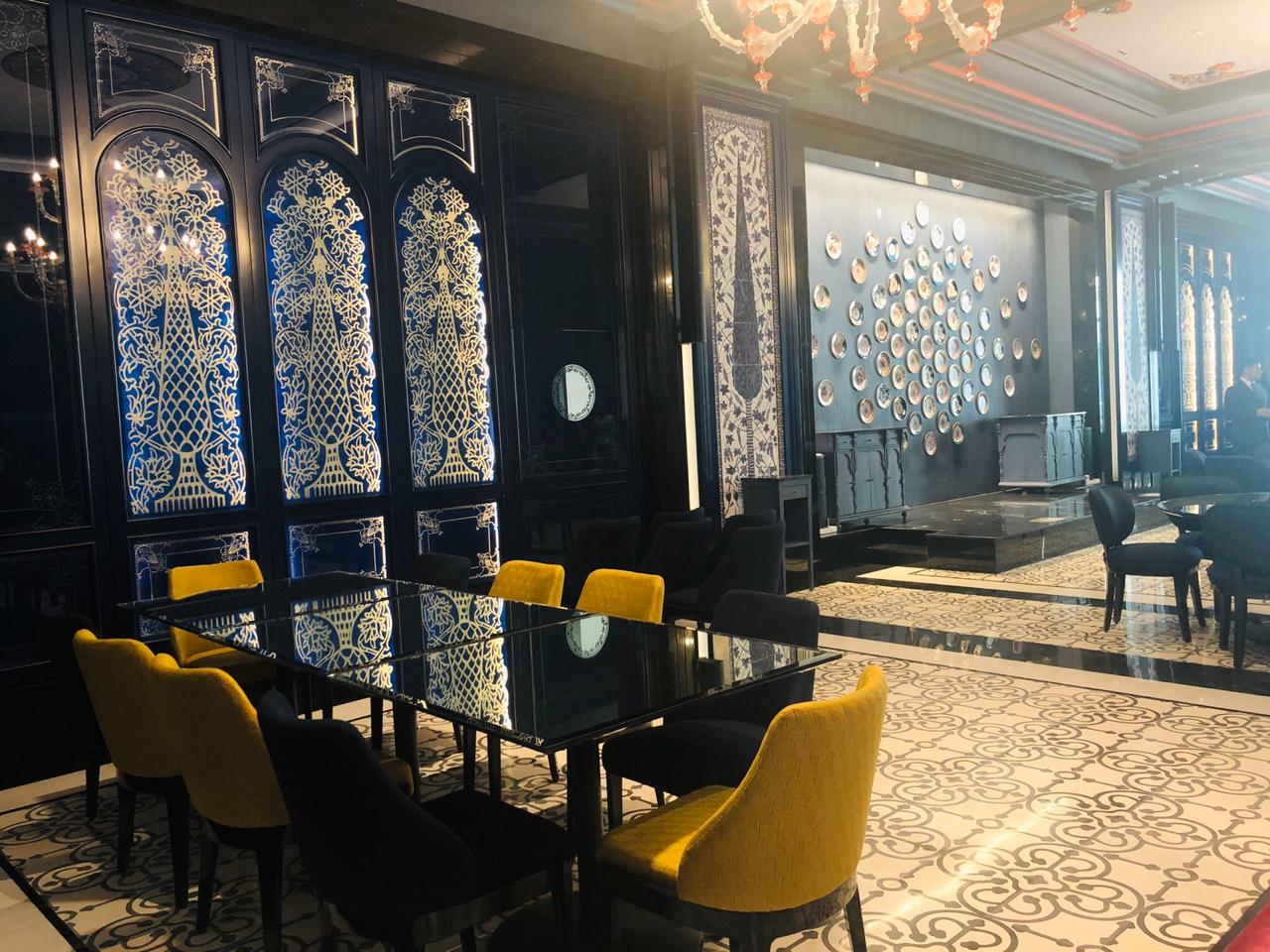The interior architect Ramy Boutros sees movement in every texture, life in every stone, warmth in every metal and a dance in every fabric. Specializing in realizing dreams, he is an expert at breathing new life into any space. Here, HN talks to him about the challenges involved in designing some of Lebanon’s most successful homegrown F&B concepts.
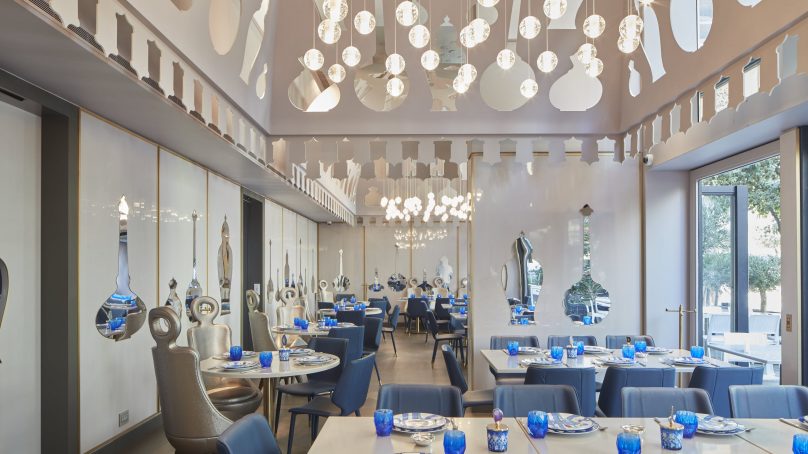
Form vs. function
We have a lot of concepts, restaurants, cafes and hotels all around the world and the number is growing, simply because we are a consumer society that is always hungry for more, especially when it comes to novelty. What I try to do is to create an identity you can recognize wherever you go. It is similar to a signature that not only reflects the main characteristics of a brand, but also functions as a global identifier. That said, when you visit Downtown Beirut, most of the restaurants you come across look like they could be concepts whose origin is foreign rather than local. Though many have quite interesting interiors ARTICULATING SPACES and beautiful details, there remains a commonly shared factor, namely a lack of a clear-cut identity grounded in context. The main factor behind the importation of such foreign concepts can be traced back to the owners’ desire to emulate and reproduce ideas that succeeded abroad or exteriors that could easily fit anywhere. The problem with that approach occurs when people want to go out and are keen to pay to live an innovative experience, but end up being disappointed for all the above-mentioned reasons. In other words, either the concept fails for being out of place, or the exterior communicates an identity not reflective of the actual eatingout experience.
The challenges
I try to push the envelope by creating a specific identity for one particular brand alone. For example, when you walk into any branch of Em Sherif Café and see the perforated dome with Middle Eastern vases, you will automatically and immediately recognize the brand because it has a unique identity that is unlike any other eatery. The other story relates to me designing the Em Sherif restaurant franchise. This was a more difficult task because the first branch was originally designed by the owner, Mireille Hayek, who wanted the interior to mimic the look and feel of a traditional Lebanese house. So before designing my first interpretation of that brand, I took the spirit she had injected and tried to translate it architecturally. That is not to say that every branch is identical; rather every branch introduces that original spirit, as well as central elements that have been innovatively communicated. The biggest challenge was creating an identity for an already existing brand that looks like nothing else. For example, the owners of Kateh restaurant, which first opened in Kuwait and is now branching out around the world, wanted the space to have a contemporary Persian interior, so I transformed the traditional Islamic architectural domes into very geometric ones with vertical lines. Also, because they use plenty of mirrors, I adapted that object by incorporating arches, framed the mirrors and positioned them on the walls using a concrete finish to give the space a contemporary look and feel. Furthermore, in their traditional architecture, the ceiling is reflected in the floor. I modernized this very classical approach by inverting the concept.
Shocking vs. charming
In the field of hospitality, you work on projects for more than one client. Though that person is the owner of the concept, my job is to please the masses walking into the space, which includes all kinds of people visiting from all kinds of places. You can either design a concept that shocks the visitors who will automatically feel the need to return so as to better understand the idea behind the design or you create an interior that all visitors will find pleasant and inviting.
Personally, I avoid using the ‘shock’ effect, which might prove to be overwhelming or too much for some and only end up hurting the restaurant owner. If the architecture is shocking in the sense of being ‘very present’ or too ‘in your face’, then first timers might be put off by the space and never return. To avoid that, I try to innovate by creating an architectural concept that is personal and inviting, similar to a cocoon. That way, the newly introduced concept will be more easily accepted, turning guests into customers.
Use of materials
When choosing the most suitable materials, it is very important to choose highly durable, heavy-duty products; after all, when you work in hospitality, everything from tables and chairs to utensils must be able to withstand wear and tear. Also, these tools need to maintain a ‘shine’ of sorts, which makes the selection process quite challenging. On the one hand you need them to be durable, while on the other, they have to look new, even if they are not. In other words, the tools must age well and remain appealing. This is also important when you consider that many restaurants close for a period after years of operation to renovate or do some upkeep. The problem here is that even after reopening, those outlets risks losing many of their previous customers. With that in mind, keeping closure times brief will help restaurants to retain their customer base and even create some excitement.
Demand for local concepts
In Lebanon, international franchises rarely work, even if these have received global acclaim, simply because while the Lebanese are open to new foreign experiences when abroad, they like local concepts when choosing eateries in their homeland. The mistake many make is believing that these international concepts apply locally, even though it has become clear that this is not the case. However, regional destinations with room for expansion are adopting our homegrown concepts and doing very well, simply because there are many important and shared commonalities. This is a growing trend for both the region and also for Europeans and Americans. In part, it is because to a degree, we offer Mediterranean cuisine, which visitors from those countries are familiar with. Growth is also being fueled by the evolution and modern interpretations of our traditional cuisine. Lastly, a very important, previously overlooked element when designing the interior space of a new concept is soundproofing. This is especially important since when people choose a venue today, they do so to enjoy each other’s company in a space that filters out the hustle and bustle of everyday life. To that end, doing away with echoes, clanking utensils and group conversations will go a long way to gaining and growing a loyal following that is becoming harder to please.
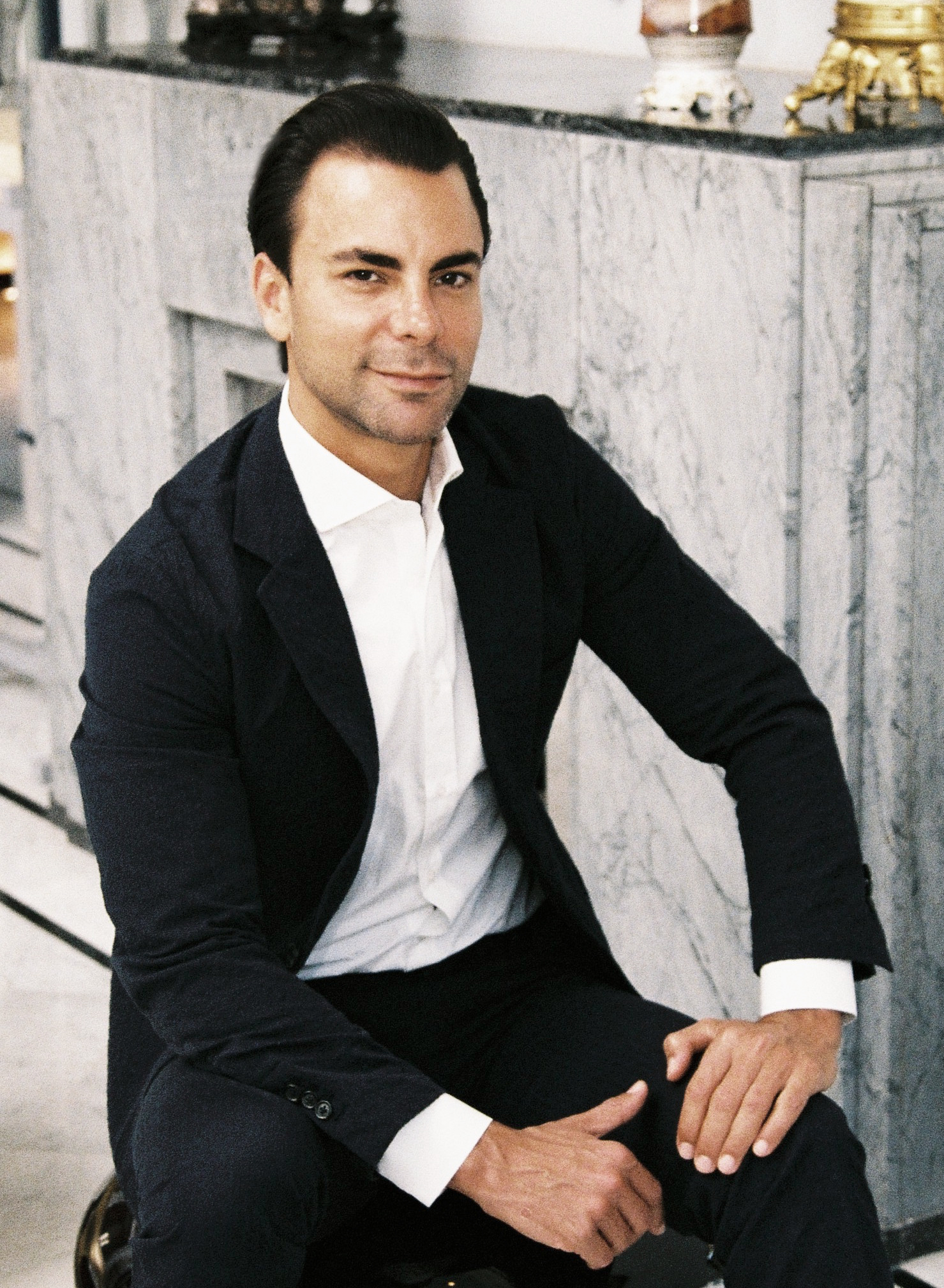
Ramy Boutros
The Interior Architect







